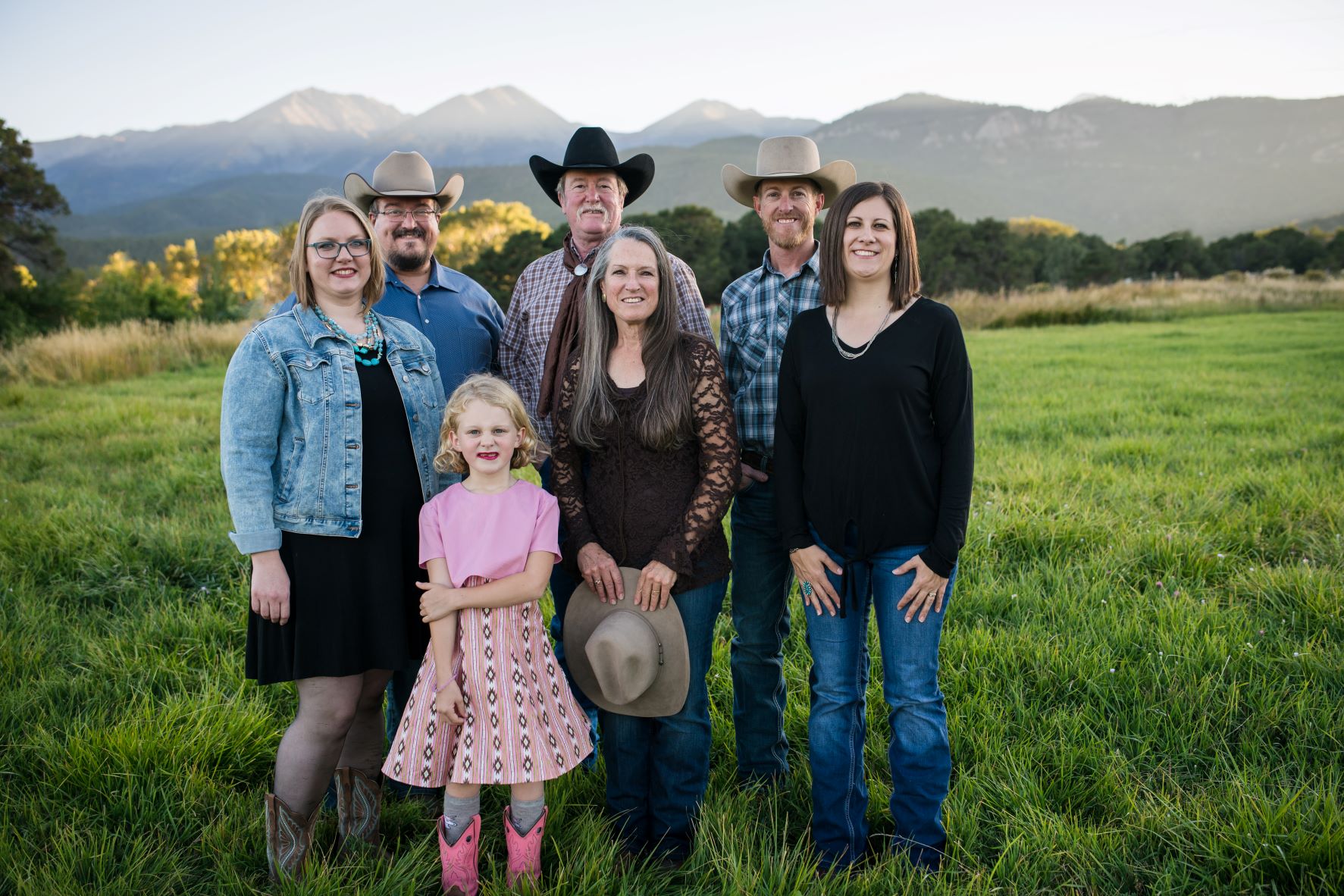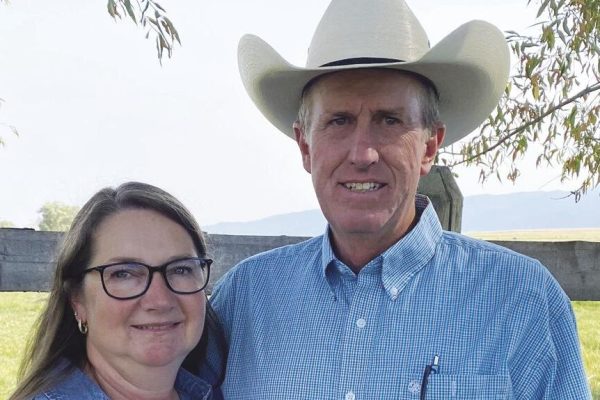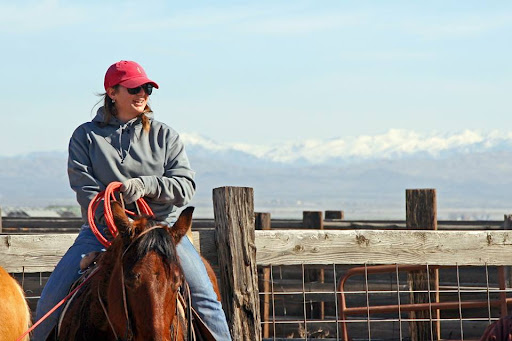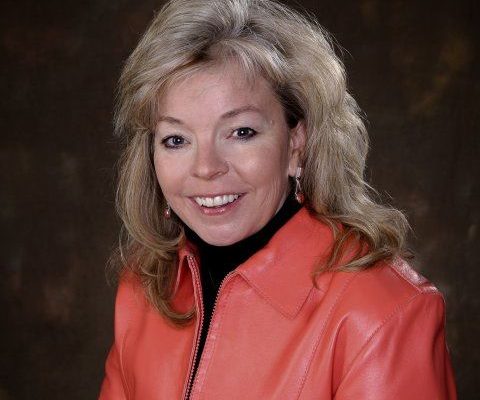Tim Canterbury has five generations of family history that guide his approach on his Fremont County ranch. When the ranch first began in 1879, it was a cow/calf operation that sold cattle and beef to miners in Cripple Creek, Colorado, historically famous for its popularity among gold miners and views of the Rocky Mountains. Tim says those cows started their life in the Arkansas River Quarters and were pretty rowdy. Over the last hundred years, many things have changed about the cattle operation: the cattle have become gentler, people rush to the area for recreation, not gold, and the business aspect of the operation has changed tremendously.
Managing Challenges in God’s Country
Across the country, farmers and ranchers face various management variables that affect their profitability: feed, fertilizer, fuel, and other inputs experience routine fluctuation. Western ranchers who utilize public lands grazing permits face those challenges as well as some added factors, like sharing the land for multiple uses such as camping, hiking, hunting, and off-roading. Tim’s operation is in the heart of one of the highest recreational uses areas in the state. On any given day, 1,000 people may go through his grazing allotment. Tim knows why visitors are there: “Not all of us can live in God’s backyard.” While the recreationists motivations are clear, Tim’s ancestors likely never anticipated managing people in these landscapes.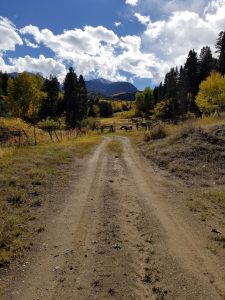
Public lands grazing allotments are home to cattle, sheep, wildlife, and all those who want to use the land for personal enjoyment. These lands are shared spaces, and sharing that spaces is a management variable for ranchers like Tim. Gates left open that should be closed – or closed when they should be open – are built into Tim’s routine management plan. Tim has changed his operation to work with the factors around him: “It’s the land of multiple use, we have to change how we do business to make this work.” For Tim, understanding and incorporating the human demands, and working with them, are just as central to his success as factoring in the weather, markets, and hay prices.
Creative Tools for Changing Landscapes
Sometimes, this takes some creativity. Tim has challenged routine ways of doing things to create a more comprehensive management plans. Rather than trying to restrict recreational access to his allotment, Tim worked with his agency contacts to change his rotations to move cattle through different allotments at different times based on the intensity of recreational use. This year, technology has played a huge role in these rotations. Tim began experimenting with virtual fence to be able to adapt his grazing management to the needs of the land and of other users. “The technology behind virtual fencing is tremendous: you can watch and guide cattle movement on your phone.” For ranchers like Tim, this presents a massive improvement in precision management: Tim’s operation is stretched out across 62 miles, which is a lot of ground to cover in one day. However, with virtual fencing Tim discusses how he can watch the cattle from his house and be able to plan where he wants them to go next. Like all things in ranching, it hasn’t all gone smoothly: there have been some software glitches along the way, and Colorado winters are harsh. Only time will tell if this technology is another step in the evolution to continue grazing’s role as an important public land management tool.
Tim joined the Public Lands Council Executive Committee as Vice President in 2022, after a period of significant change for the industry and how public lands are used and valued in this country. When asked what advice he would give to ranchers new to the industry, he said, “This is not a short-term money-making deal, it’s a way of life and you have to be in it for the long haul.” Tim often talks about how he strives to leave the land better than he found it. He believes that ranchers know the best practices to improve soil quality and the environment by using grazing as a management tool so that the next five generations see the value and opportunity in stewarding America’s public lands.


